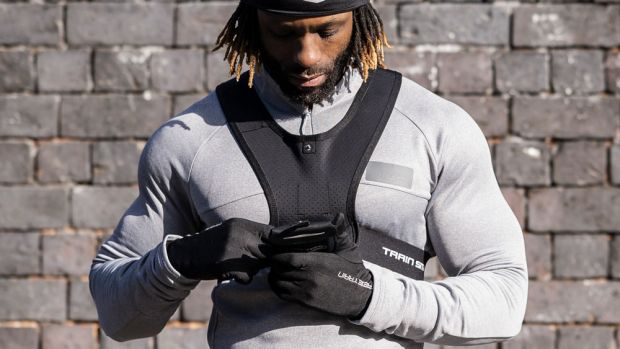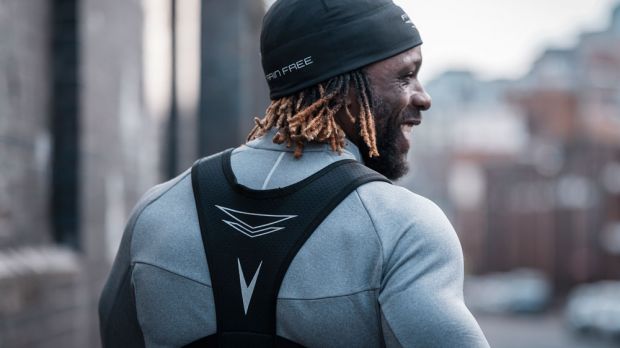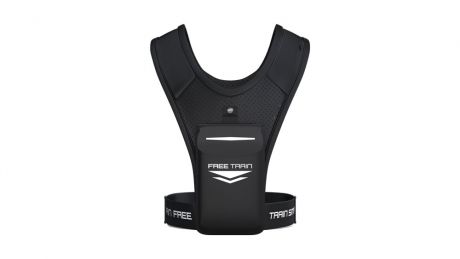Our Verdict
It should work as a great alternative to a running belt or armband, but this vest lacks style as well as substance, and delivers a disappointing experience.
For
- Water resistant
- Reflective patches
Against
- No benefit over a running belt
- Feels restrictive
- Access to phone not easy
You can trust Coach
I’m not someone who believes running is some kind of sacred time to be spent away from your phone. I take my phone with me on every run, because I want it with me.
Mostly I carry it in one of the best running belts, which I’ve found perfectly satisfactory. Belts are cheap, usually have space for keys and a gel alongside my phone, and provide easier access while running – even than one of the best phone ambands.
Since I have no problems with belts, I was intrigued to see if the Freetrain vest could improve the experience of carrying my phone with me. The short answer is no. The longer answer is that I can’t really think of a single benefit of using the Freetrain over a running belt.
You pull the Freetrain on over your head and then adjust it to fit, placing the phone in a pouch in the middle of your chest. Unclip the snap fastener at the top and the pouch swings down so you can view the screen through a plastic window, which also allows you to use the touchscreen.

There is also a zip pocket on one shoulder strap that can take your keys, and a velcro pouch on the other strap that just about fits a card or small gel, but that’s it. The Freetrain doesn’t carry more than my running belt despite being really quite large.
The Freetrain V1, which I tested, also has reflective patches on it to increase your visibility to vehicles, which is useful (another version, the VR, makes the shoulder straps entirely reflective). It’s also water resistant, though I’d still fear carrying my phone in it during a deluge given the prominent position of the phone holder on your chest.
I didn’t love how the Freetrain felt during a run either. It’s a little more restrictive than a running backpack, which has straps with pockets in rather than having the pocket centred on your chest. I also felt like a bit of an idiot, frankly. I’m not accepting the notion Freetrain puts forward that this is a stylish product, and the veteran club runners I ran with certainly had a good laugh when I showed up wearing it.

All of which would be fine if the Freetrain succeeded at its main purpose, which is to make your phone easier to access on the run than any other product, but it doesn’t. While it might be better than an armband, I certainly found it less easy than using a belt.
The pouch does allow you to use your phone through the touchscreen-compatible window, but it’s hit and miss. You also have to do so with your phone in the pouch still attached to your chest. Because you have to to look down and use both arms – one to hold the phone in place and one to use it – you really have to stop, whereas with a running belt you can take your phone out quickly and use it on the move in one hand.
You might suggest you can do the same with the Freetrain, but nope. The sticky plastic on the window of the pouch makes it a nightmare to get your phone in and out, even at the end of a run, and it’s certainly not something I’d want to do repeatedly during one.
So you’re left with a slightly oppressive chest strap with no more storage space than a running belt that makes it harder to use your phone. It’s also less comfortable than a lightweight running backpack which would let you store your phone in the strap pocket while giving you loads of room to carry stuff. To top it off, a product which offers no advantages is £30. I’m not buying it.

Nick Harris-Fry is a journalist who has been covering health and fitness since 2015. Nick is an avid runner, covering 70-110km a week, which gives him ample opportunity to test a wide range of running shoes and running gear. He is also the chief tester for fitness trackers and running watches, treadmills and exercise bikes, and workout headphones.

